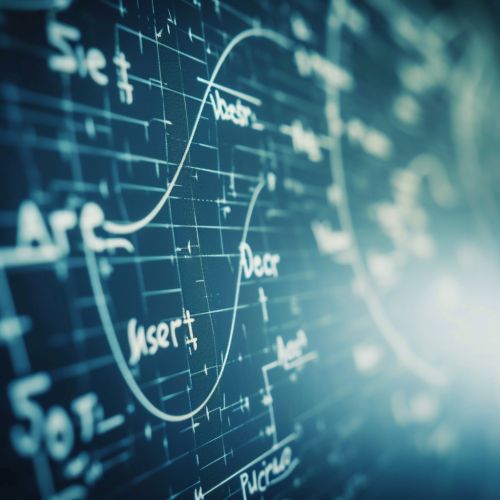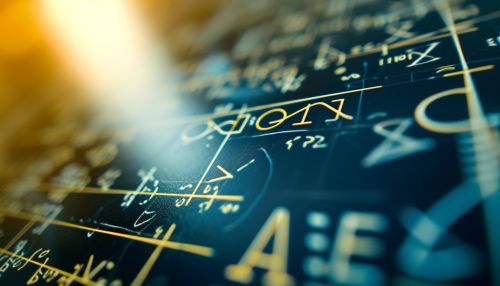Real analysis
Introduction
Real analysis is a branch of mathematical analysis that deals with the set of real numbers. It is concerned with the real numbers and real-valued functions of a real variable. In particular, it deals with the analytic properties of real functions and sequences, including convergence and limits of sequences of real numbers, the calculus of the real numbers, and continuity, smoothness and complex analysis of real functions.


History
The history of real analysis can be traced back to the ancient Greeks, who were the first to formulate a rigorous definition of a number. The concept of a real number was further developed by mathematicians such as Euclid and Archimedes. However, it was not until the 19th century that the foundations of real analysis were laid by mathematicians such as Cauchy, Riemann, and Weierstrass.
Real Numbers
Real numbers are the most basic object of study in real analysis. They can be thought of as points on an infinitely long number line. The set of all real numbers is denoted by the symbol R. Real numbers include both rational numbers (those that can be expressed as a ratio of two integers) and irrational numbers (those that cannot be so expressed).
Sequences and Series
A sequence in real analysis is a function whose domain is the set of natural numbers. A series is the sum of the terms of a sequence. The study of sequences and series in real analysis is crucial for understanding the behavior of functions and their properties.
Limits and Continuity
The concept of a limit is fundamental in real analysis. It is used to define continuity, derivatives, and integrals. A function is said to be continuous at a point if the limit of the function at that point exists and is equal to the value of the function at that point.
Differentiation and Integration
Differentiation and integration are two fundamental concepts in real analysis and are the basic operations of calculus. Differentiation measures the rate at which a function is changing, while integration is a process of adding up infinitesimally small quantities.
Functions of Several Variables
Real analysis also deals with functions of several real variables. Such functions are often used in physics, engineering, and other fields to model real-world situations.
Measure Theory and Integration
Measure theory is a branch of real analysis that deals with the concept of length, area, and volume in a more rigorous and general way than elementary geometry or calculus. It is used to define the integral, among other things.
Topology in Real Analysis
Topology is the study of the properties of space that are preserved under continuous transformations. In real analysis, topology is used to study concepts such as continuity, compactness, and convergence.
